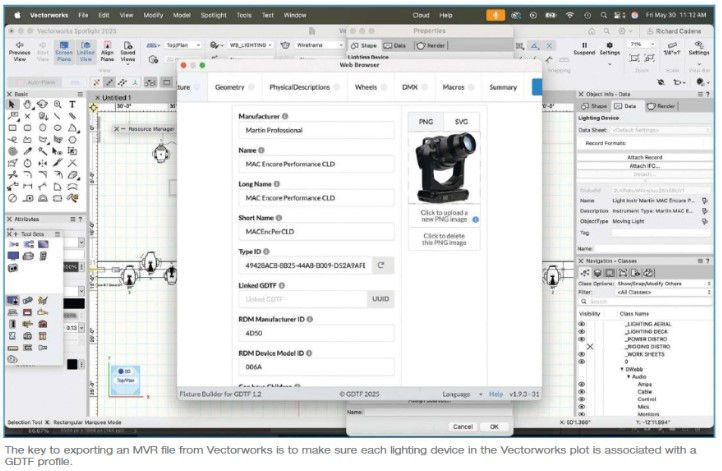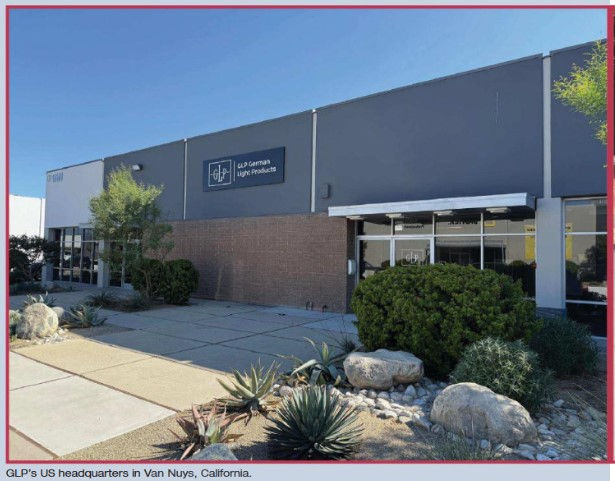A GDTF Workflow: How It Works and Why It Matters
- richard-cadena
- Sep 10
- 1 min read
Ever since the General Device Type Format (GDTF) was developed by MA Lighting, Robe, and Vectorworks in 2019, I’ve been curious about where it would go and how it would help speed the deployment of a lighting design for programmers, electricians, and technicians. GDTF is a standard way to describe fixtures, including geometry, photometrics, and DMX mapping, so that CAD programs, visualizers, and lighting consoles from any manufacturer can all work with the files. In addition to the three founding companies, many other entertainment lighting manufacturers are embracing GDTF and its companion exchange format My Virtual Rig, or MVR. The prospect of standardizing a show file that works across several applications and manufacturers seems to be materializing.

But last year, when I was working as the head electrician on a large corporate event, I tried a workflow that used GDTF and MVR to help streamline the process of patching fixtures.
The first time I imported the MVR file, I thought it didn’t work. But when I exited and saved the patch, the entire model, fixtures and all, was there in the grandMA 3D model. It didn’t work. Because we had a show to do, I didn’t have a lot of time to figure out why. Now that I have time, I decided to go back and see if I could get that old file to work.
Why GDTF?



Comments